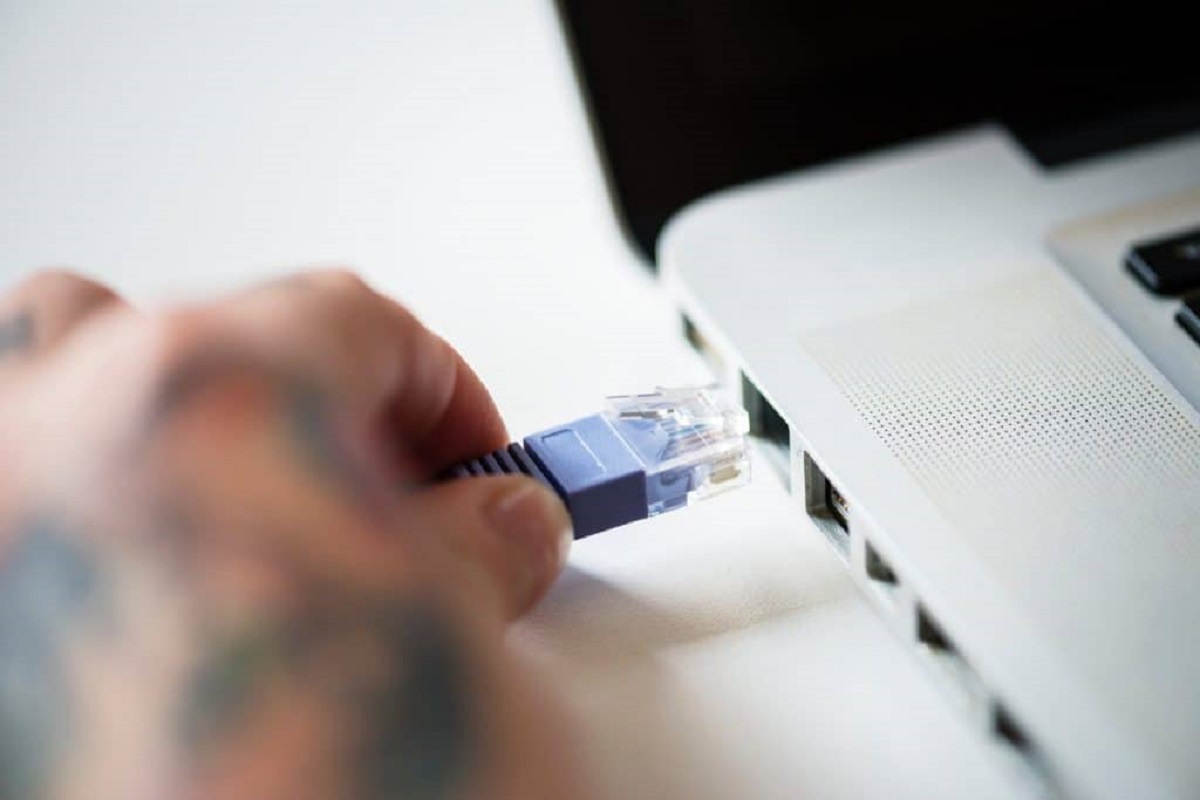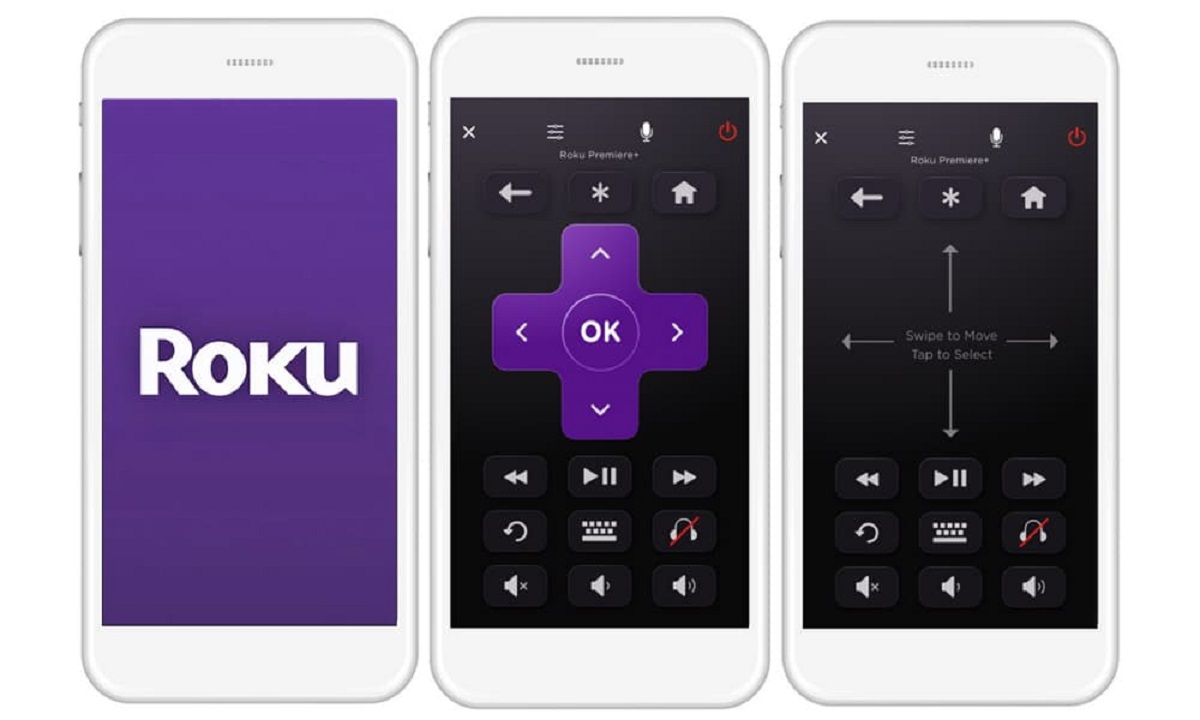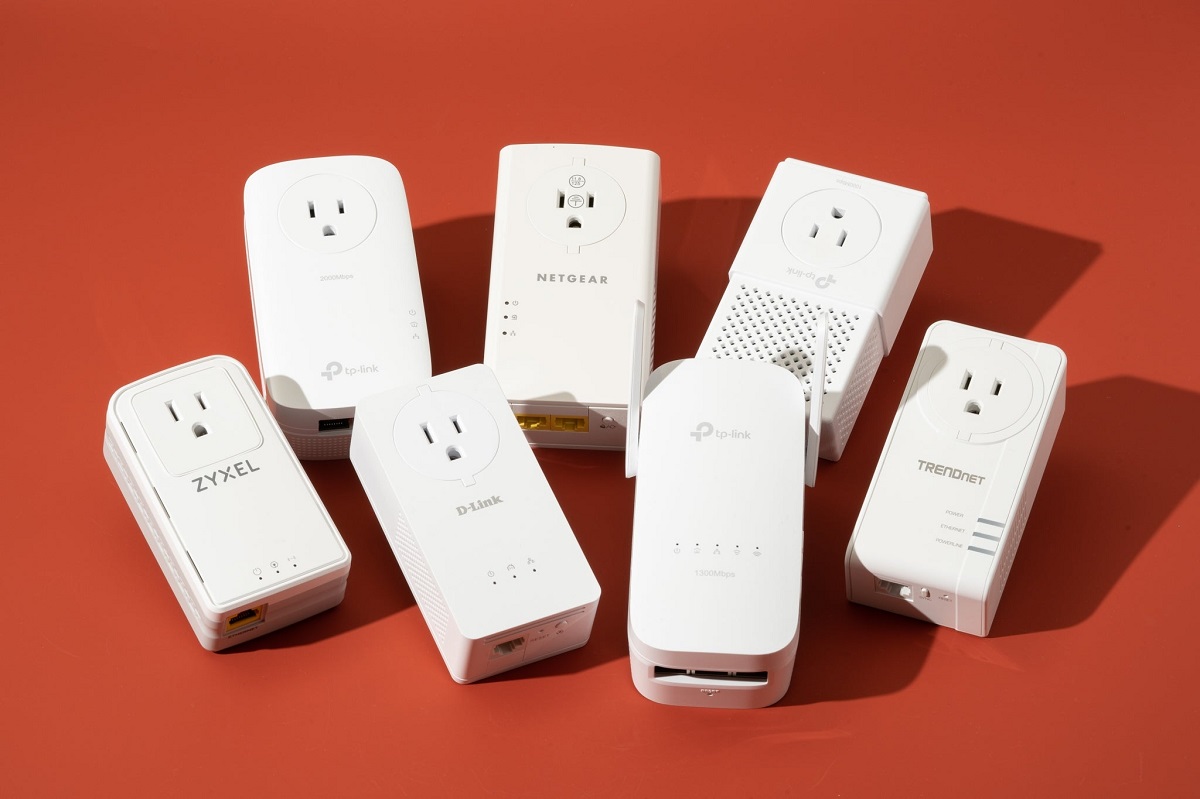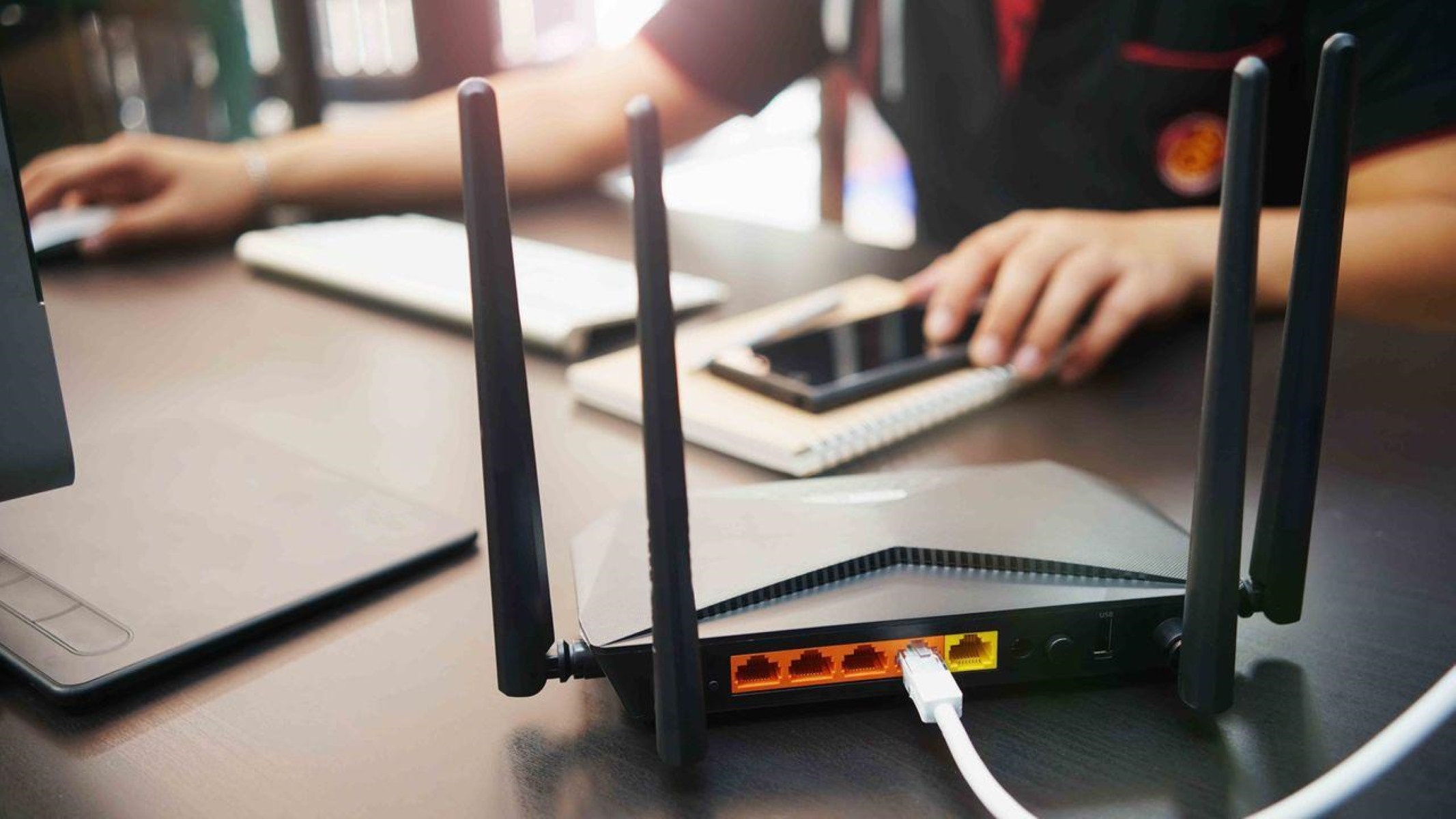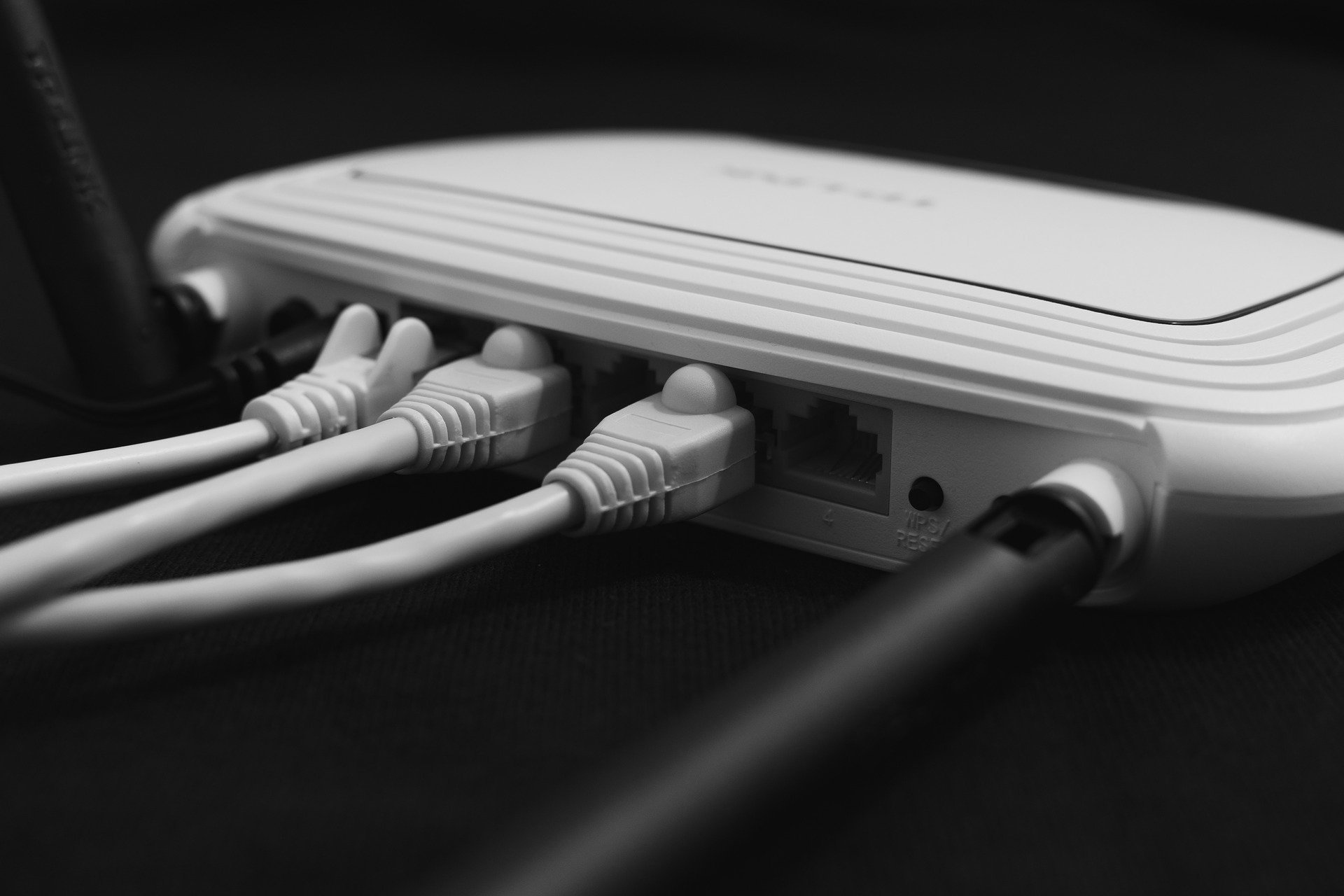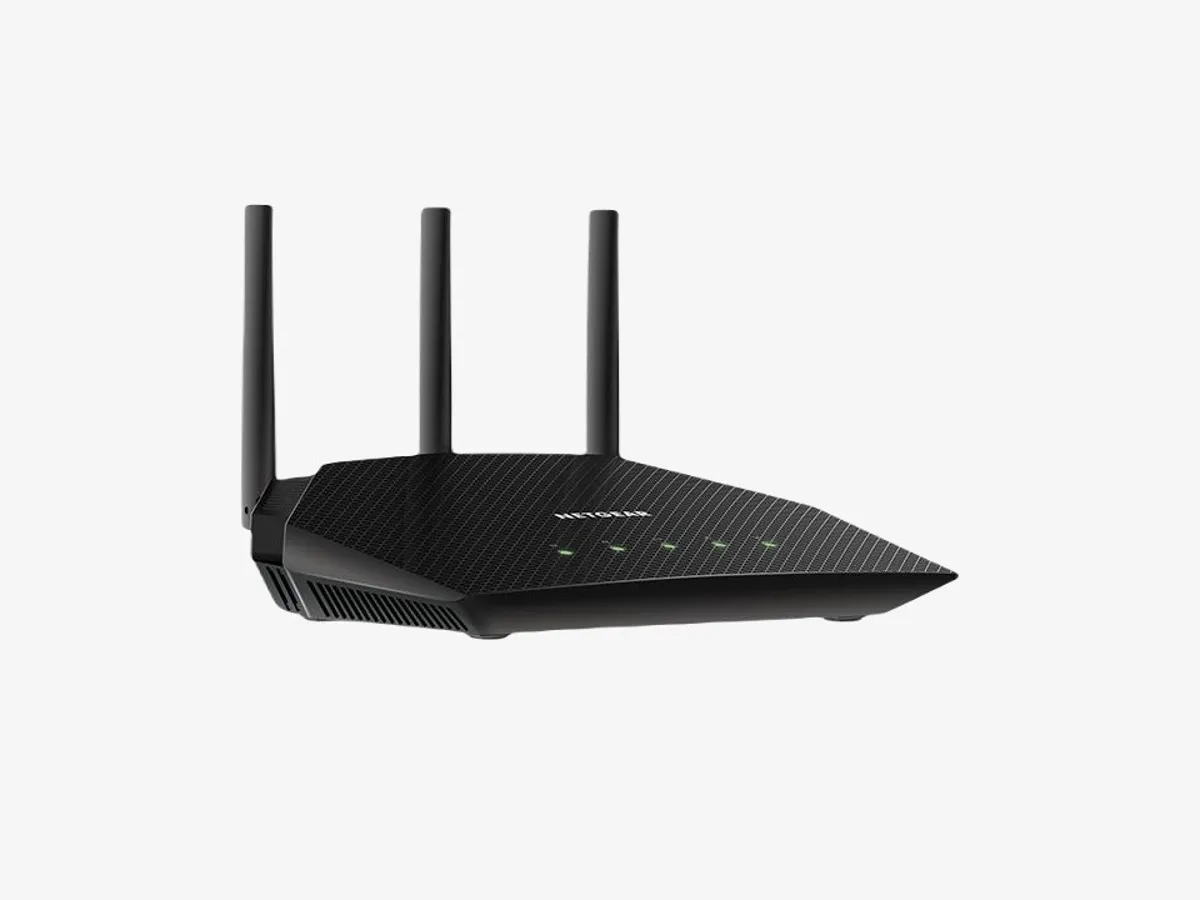Introduction
As technology advances, our dependence on the internet continues to grow. Efficient and reliable internet connectivity is crucial, whether it’s for work, entertainment, or staying connected with friends and family. When it comes to internet connectivity options, two popular choices are WiFi and Ethernet.
WiFi, short for Wireless Fidelity, allows devices to connect to a local network and access the internet without the need for physical cables. On the other hand, Ethernet refers to a wired connection where devices are directly connected to the network using Ethernet cables. While Ethernet is often considered a more stable and faster option, you might find yourself wondering why your WiFi connection can sometimes outpace your Ethernet connection in terms of speed.
In this article, we will explore the factors that can contribute to WiFi being faster than Ethernet in certain situations. We will also discuss the factors that can affect the speed of Ethernet and WiFi connections. Additionally, we will provide tips on how to improve Ethernet speed and optimize WiFi performance for better internet connectivity overall.
Before we dive into the details, it’s important to note that several factors can influence the speed of your internet connection, including the quality of your internet service provider (ISP), the type of equipment you are using, and the overall network congestion. However, understanding the differences between WiFi and Ethernet and how they operate can help shed light on why one might be faster than the other in specific scenarios.
Now, let’s explore the world of WiFi and Ethernet and uncover the factors that contribute to one connection speed surpassing the other.
What is WiFi and Ethernet?
Before delving into the factors affecting their speeds, it’s essential to understand what WiFi and Ethernet are and how they function.
WiFi, short for Wireless Fidelity, is a wireless networking technology that allows devices to connect to a local network and access the internet. It uses radio frequencies to transmit data between devices, eliminating the need for physical cables. WiFi networks are commonly found in homes, offices, coffee shops, and other public places, providing convenient and flexible internet access to multiple devices simultaneously.
Ethernet, on the other hand, refers to a wired networking technology that uses Ethernet cables to connect devices directly to a local network. It provides a reliable and stable connection with faster data transfer speeds compared to WiFi. Ethernet is widely used in enterprise networks, data centers, and gaming setups where a stable and high-speed connection is crucial.
The key difference between WiFi and Ethernet lies in their physical connections. WiFi allows for wireless connections, while Ethernet relies on physical cables for connectivity. While WiFi offers the convenience of mobility, Ethernet provides faster and more reliable connections, making it a preferred choice for bandwidth-intensive activities such as online gaming, streaming, and large file transfers.
Both WiFi and Ethernet have evolved over time to offer faster speeds and improved performance. WiFi standards, such as 802.11ac (Wi-Fi 5) and 802.11ax (Wi-Fi 6), have significantly increased wireless speeds, reducing the gap between WiFi and Ethernet in terms of performance. However, Ethernet still maintains an edge when it comes to providing consistent and high-speed connections.
Now that we have a firm understanding of WiFi and Ethernet, let’s explore why WiFi connections can sometimes outperform Ethernet connections in terms of speed and the factors that contribute to it.
Why WiFi can be faster than Ethernet
Despite Ethernet being known for its faster and more stable connection, there are scenarios where WiFi can outperform it in terms of speed. Here are a few reasons why this might happen:
- WiFi Router Configuration: In some cases, the WiFi router might be configured to prioritize wireless devices over the Ethernet connection. This setup can allocate more bandwidth to WiFi devices, resulting in faster speeds compared to devices connected via Ethernet.
- Wireless Standards and Frequency Bands: WiFi technology has evolved significantly over time, with newer standards like 802.11ac and 802.11ax offering faster speeds and improved performance. If your WiFi devices support these newer standards, they can achieve higher speeds than older Ethernet connections.
- Physical Interference: WiFi signals can be influenced by physical obstacles like walls, furniture, or other electronic devices. In some cases, an Ethernet connection might be more susceptible to interference due to cable length or quality. If your WiFi signal is strong and free from interference, it can provide faster speeds compared to a compromised Ethernet connection.
- Network Congestion: In a busy network environment with multiple devices connected via Ethernet, network congestion can occur. This congestion can affect the speeds of Ethernet-connected devices. Conversely, WiFi devices may experience faster speeds if they are not affected by the congestion on the Ethernet network.
It’s important to note that while WiFi can sometimes be faster than Ethernet, Ethernet generally provides a more consistent and reliable connection. In situations where stability and speed are of utmost importance, such as online gaming or large file transfers, Ethernet still remains the preferred choice.
Now that we understand why WiFi can occasionally outpace Ethernet in terms of speed, let’s explore the factors that can impact the speed of both Ethernet and WiFi connections in more detail.
Factors that can affect Ethernet speed
While Ethernet is generally known for its fast and reliable connection, there are several factors that can impact its speed. Understanding these factors can help identify and troubleshoot potential issues. Here are some key factors that can affect Ethernet speed:
- Cable Quality: The quality of the Ethernet cable used can have a significant impact on the speed and performance of the connection. Low-quality or damaged cables may result in signal interference and reduced speeds. Using high-quality Ethernet cables, such as Category 6 (CAT6) or Category 6a (CAT6a), can help ensure optimal performance.
- Cable Length: Ethernet has a maximum cable length limitation, typically around 100 meters (328 feet) for most standard cables. If the Ethernet cable exceeds this length, it can lead to signal degradation and slower speeds. It’s important to keep the cable length within this limit for optimal performance.
- Network Interface Card (NIC): The speed of your Ethernet connection can also be affected by the capabilities of your device’s network interface card. Older or outdated NICs may not support faster speeds or newer Ethernet standards, resulting in reduced performance.
- Network Switch: The performance of a network switch, if used in your network setup, can impact Ethernet speed. Low-quality or overloaded switches might bottleneck the data transfer, leading to slower speeds. Using high-quality switches with sufficient bandwidth and capacity can help maintain fast and stable Ethernet connections.
- Network Congestion: When multiple devices are connected to the same network and actively using bandwidth-intensive applications or services, network congestion can occur. This congestion can lead to slower speeds for Ethernet connections, especially during peak usage hours. Managing network traffic and minimizing bandwidth-heavy activities can help mitigate the impact of congestion.
By considering and addressing these factors, you can optimize your Ethernet connection and ensure that you are maximizing its speed and performance.
Now that we have explored the factors that can affect Ethernet speed, let’s move on to understanding the factors that can impact WiFi speed and how to optimize it for better performance.
Factors that can affect WiFi speed
WiFi speed can be influenced by various factors, and understanding these factors can help identify potential issues and improve your wireless connection. Here are some key factors that can affect WiFi speed:
- Signal Strength: The signal strength between your WiFi device and the router plays a crucial role in determining the speed you experience. Weak signal strength can lead to slower speeds or even dropped connections. Distance from the router, physical obstructions like walls, and interference from other electronic devices can all impact signal strength.
- WiFi Channel Interference: WiFi routers operate on different channels to transmit signals. If multiple nearby routers are using the same or overlapping channels, it can cause interference and degrade the WiFi speed. Selecting a less congested channel or using smart features that automatically adjust the channel can help alleviate interference issues.
- WiFi Standards: The WiFi standard supported by your device and router can impact the speed you experience. Newer WiFi standards, such as 802.11ac (Wi-Fi 5) and 802.11ax (Wi-Fi 6), offer faster speeds and improved performance compared to older standards like 802.11n (Wi-Fi 4).
- Network Congestion: When multiple devices are connected to the same WiFi network and competing for bandwidth, network congestion can occur. This congestion can significantly impact WiFi speeds, especially during peak usage times. Limiting bandwidth-intensive activities or upgrading to a router with better capacity can help mitigate the effects of network congestion.
- Router Placement: The physical placement of your WiFi router can affect your WiFi speed. Placing the router near the center of your home or office, away from obstructions, can help improve the signal coverage and overall speed. Additionally, elevating the router to a higher position can also enhance the signal strength.
- Interference from Other Devices: Other electronic devices, such as microwave ovens, cordless phones, or Bluetooth devices, can cause interference with WiFi signals and negatively impact the speed and performance. Keeping your WiFi router away from such devices or using dual-band routers that operate on both 2.4 GHz and 5 GHz frequencies can help mitigate interference issues.
By considering these factors and optimizing your WiFi setup, you can improve the speed and performance of your WiFi network, resulting in a better internet experience.
Now that we understand the factors that can affect WiFi speed, let’s discuss how to improve Ethernet speed for a faster and more reliable wired connection.
How to improve Ethernet speed
If you’re experiencing slower Ethernet speeds than expected, there are several steps you can take to improve the performance. Here are some tips to help optimize your Ethernet connection:
- Check Cable Quality: Ensure that you are using high-quality Ethernet cables, such as Category 6 (CAT6) or Category 6a (CAT6a) cables, which can support faster speeds and reduce signal interference.
- Reduce Cable Length: Keep the Ethernet cable length within the recommended limit, typically around 100 meters (328 feet), to prevent signal degradation. Use shorter cables whenever possible.
- Upgrade Network Interface Card (NIC): If your computer or device has an outdated or slow network interface card, consider upgrading to a newer model that supports faster speeds and the latest Ethernet standards.
- Check Router and Switches: Ensure that your router and any network switches you are using are capable of handling higher speeds. If outdated or low-quality, consider upgrading to devices with better performance capabilities.
- Remove Network Congestion: Reduce the number of devices connected to your network and minimize bandwidth-heavy activities to reduce network congestion and optimize your Ethernet speed.
- Update Firmware and Drivers: Ensure that you have the latest firmware installed on your router and the latest drivers for your NIC. Updated firmware and drivers often include performance improvements and bug fixes.
- Restart Router and Devices: Occasionally, restarting your router and connected devices can help resolve software or connection issues that might be impacting your Ethernet speed.
By applying these tips, you can significantly improve the speed and performance of your Ethernet connection. However, do keep in mind that the overall internet speed provided by your ISP and external factors beyond your control, such as network congestion or the quality of the website or server you are accessing, can also impact your Ethernet speed.
Now that we have explored how to optimize Ethernet speed, let’s move on to discovering ways to enhance WiFi speed for a better wireless internet experience.
How to optimize WiFi speed
If you’re looking to enhance your WiFi speed and improve your wireless internet experience, here are some tips to optimize your WiFi connection:
- Optimal Router Placement: Position your WiFi router in a central location that is free from obstructions, such as walls or large furniture. This can help maximize the signal coverage and improve overall WiFi speed.
- Channel Selection: Select the least congested WiFi channel to minimize interference from nearby routers. Use WiFi analyzer tools to identify crowded channels and switch to a less crowded one for better performance.
- Upgrade Your Router: If you have an older router, consider upgrading to a newer model that supports the latest WiFi standards, such as 802.11ac (Wi-Fi 5) or 802.11ax (Wi-Fi 6), to benefit from faster speeds and improved performance.
- Use Dual-Band or Tri-Band Routers: Dual-band or tri-band routers allow you to connect devices to different frequencies, such as 2.4 GHz or 5 GHz. Use the 5 GHz band for higher speeds and the 2.4 GHz band for better coverage and compatibility with older devices.
- Manage WiFi Interference: Keep your WiFi router away from other electronic devices that can cause interference, such as microwave ovens, cordless phones, or Bluetooth devices. Ensure there is ample distance between these devices to minimize signal interference.
- Secure Your WiFi Network: Enable encryption, such as WPA2 or WPA3, to prevent unauthorized access to your WiFi network. Unwanted users accessing your network can impact speed and overall performance.
- Router Firmware Updates: Regularly check for and apply firmware updates for your router. These updates often include performance improvements and bug fixes that can enhance your WiFi speed.
- Use WiFi Range Extenders: If you have areas in your home or office with weak WiFi signals, consider using WiFi range extenders to boost the signal and extend coverage, allowing for better speed and connectivity in those areas.
By implementing these tips, you can optimize your WiFi speed and enhance your wireless internet experience. However, it’s important to note that WiFi performance can still be influenced by factors beyond your control, such as network congestion or external interference.
Now that we have explored how to improve WiFi speed, let’s conclude our discussion with a summary of what we’ve covered.
Conclusion
When it comes to internet connectivity, both WiFi and Ethernet play crucial roles in providing fast and reliable connections. While Ethernet is known for its stability and speed, WiFi can sometimes outperform Ethernet in certain scenarios. Factors such as WiFi router configuration, wireless standards, physical interference, and network congestion can all impact the speed of WiFi and Ethernet connections.
Improving Ethernet speed involves using high-quality cables, keeping cable length within limits, upgrading network interface cards, and managing network congestion. On the other hand, optimizing WiFi speed requires careful router placement, selecting the right channel, upgrading to newer routers, managing interference, and securing your WiFi network.
By considering these factors and implementing the recommended tips, you can enhance both your Ethernet and WiFi speeds. However, it’s important to remember that other factors, such as the quality of your internet service provider and external network conditions, can also impact your overall internet speed.
Ultimately, the choice between WiFi and Ethernet depends on your specific needs and circumstances. Ethernet is ideal for activities that require consistent and high-speed connections, such as online gaming or large file transfers, while WiFi offers the convenience of wireless connectivity and mobility.
In conclusion, understanding the factors that affect the speeds of WiFi and Ethernet connections and implementing the appropriate optimizations can help ensure a seamless and efficient online experience. Whether you rely on a wired Ethernet connection or a wireless WiFi network, the goal is to achieve the best possible speed and performance for your internet needs.










